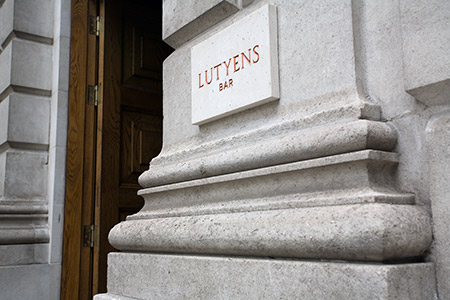Marking time in September 2010
Climbing Brunelleschi’s cupola
In Florence, at the Basilica di Santa Maria del Fiore, tourists are welcome to climb to the top of the dome. The other day we joined the horde queueing in the piazza outside, bought tickets and threaded our way through a turnstile and along passages and up stairs. Many, many stairs. Stone stairs spiralling up inside the walls until I was giddy. Stone stairs stepping up the curve of the inner dome. Stone passages low and narrow, patinated with the sweat of visitors accummulated since the completion of the dome in 1436, and decorated with mundane graffiti.
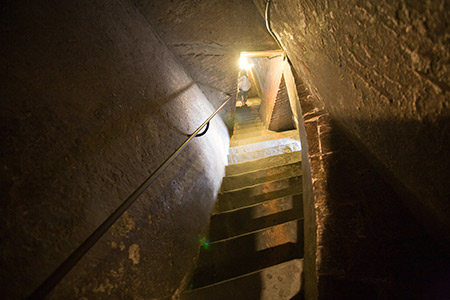
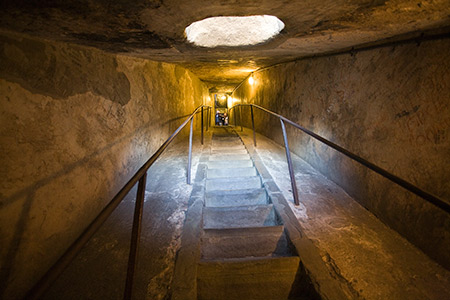
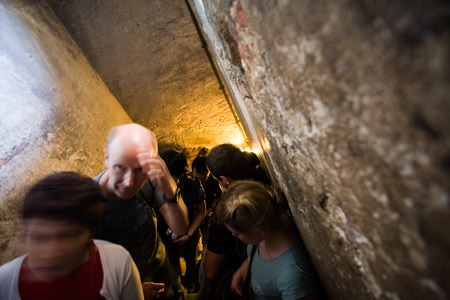
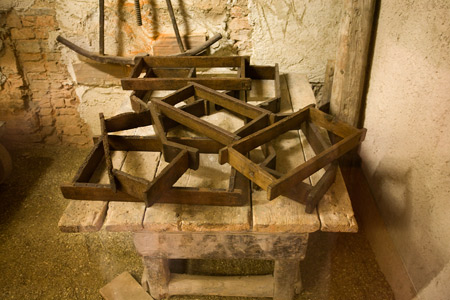
Street numbers
Florence has a confusing dual address system. Each street has a double set of numbers: a red number indicates a shop, restaurant or business, while a blue or black number refers to a hotel or domestic residence. When writing to a business, insert an “r” after the number to distinguish it from a residential address. Each set of numbers has its own sequence, so business premises at, say No. 10r may well be next to a residential address at No. 23. [Eyewitness travel: Florence & Tuscany (Dorling Kindersley, 2007) p. 298.]
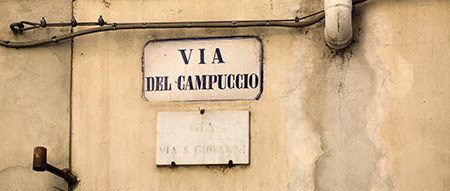
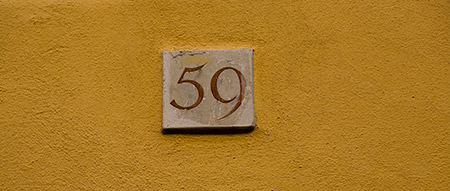
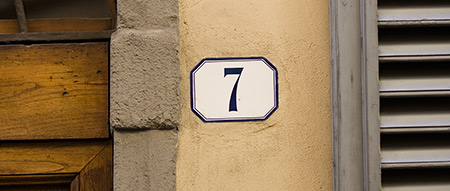
Alimentari
In Florence, home of wonderful hole-in-the-wall grocery shops.
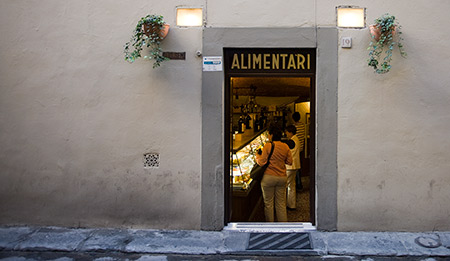
Uses for a mobile phone
In my little box of 19th century prints is a steel engraving of a drawing by Thomas Allom of the interior of the Panthéon in Paris. It’s not especially rare or valuable, but I like it for the quality of the print and the connection with my former architectural partner Richard Allom (distantly related to Thomas).
I wanted to ‘re-photograph’ the scene that Thomas Allom drew, so I needed a copy for reference. A google search turned up a print-dealer’s online catalog with an image of the Panthéon print, which I copied to my phone. With this in my hand, I found the right spot to stand. I can vouch for the general accuracy of the drawing, with a proviso. I think it is based on a properly set-up perspective drawing, but using a point of view outside the building—impossible, in other words, because this view is blocked by the front wall of the building.
With my widest lens (Canon EF 17-40mm f/4L on EOS 5D), and with my back against the wall, I could not get all the parts of the ceiling that Allom showed into the picture. Not, that is, unless I tipped the camera up and caused the columns to topple, and that would never do.
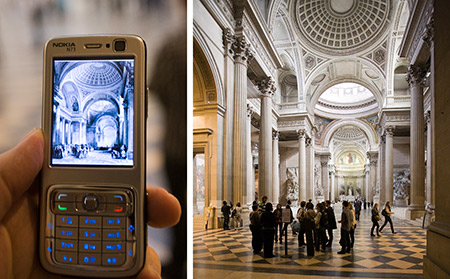
Since some time back in the nineteen-eighties, as a member of Australia ICOMOS, I have received each year a plastic card from the ICOMOS secretariat in Paris. Now, for the first time, I am using the card. In France, ICOMOS members enjoy free admission to various historic sites. Of direct relevance to me this week, I flashed the card at the Panthéon (save €8), the Palace of Versailles (save €25), the Musee d’Orsay (save €8), the Institut du Monde Arabe (save €12)—a total saving of €53 (say A$73) over a few days, better than a poke in the eye.
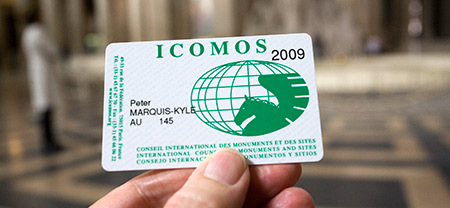
Portland stone
I had somehow forgotten how many older London buildings are built of the lovely Portland stone. Yesterday was a day for visiting Sir Christopher Wren’s churches, each of them built of Portland stone by the barge load. Lucy and I started with St Paul’s Cathedral where, for the first time, I climbed to the top of the dome. My legs are sore still—this was a climb equivalent to three very tall lighthouse towers stacked one on top of another. I am sad that I have no photos of the interior of St Paul’s—cameras are forbidden there, so the sanctity of the place is not degraded nor the quiet meditations of the visitors intruded upon.
